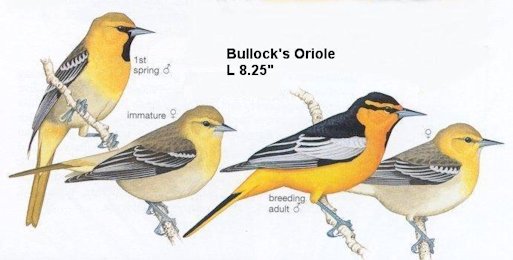So, I worked Echo last night. Not sure if she has a bee in her bonnet for a minute, or if there is a new style of working for her after she had her litter, but she's suddenly very very sensitive to pressure. Now my screaming lunatic handling will no longer work for her, and instead, I need to go whispering and tiptoeing around her so she's not orbiting the moon. We'll see. I'm going to work her tomorrow without "scary" Dianne there and see if I get a different result. I doubt it. We'll see.
Got home tonight and took some pictures of the puppies. Was a little late in the evening, so there's not much to show off. Here you go ...
Here's Jill. I saw her asking Echo, "Hey momma, what's wrong wiff my ears?"
Echo said, "Nuttin' honey. Now Reese's ears ... they're a different story."
Glenda came over the other night. What an enjoyable evening! Glenda is a hoot! Here's what we saw from my deck. See her? (well, her butt right next to the big tall grass) (not Glenda's butt).
Ok ... now please step into my geekatory.
While we were outside, this pretty red-orange-yellow bird flew in and hung out. I took several really crappy photos, but really wanted to identify this bird. Started out with no idea, but here it is.
Yeah yeah ... most of you would say, "It's an Oriole." And yes, it is, I think. But there are several types, so I really wanted to identify this particular one. So I grabbed that great bird book Colleen gave me. It is amazing how the markings can vary just a tad, but it makes all the difference in the world as to where that particular bird is found.
At first, I thought this was an adult Altamire Oriole. The chin markings match. The wing markings match. But there's no black line going back from the eye.
Here's another photo. This one I lightened up a bit more to see the facial features, so the breast color is a little lighter than it actually was.
Another problem with the Altamira Oriole is it is a tropical species. Um, not in Idaho.
Then I thought it looked a lot like the adult breeding Eastern Hooded Oriole. The problem there is pretty obvious.
I flipped the page back one and found the adult male breeding Bullock's Oriole, and I'll be damned if the markings aren't identical! Geesh! Who knew? And ... they are the native species here. Imagine that.
No worries. I'll just let you sleep.









Why didn't you talk about the night WE hang out and the WILDLIFE we saw? Huh?
ReplyDelete